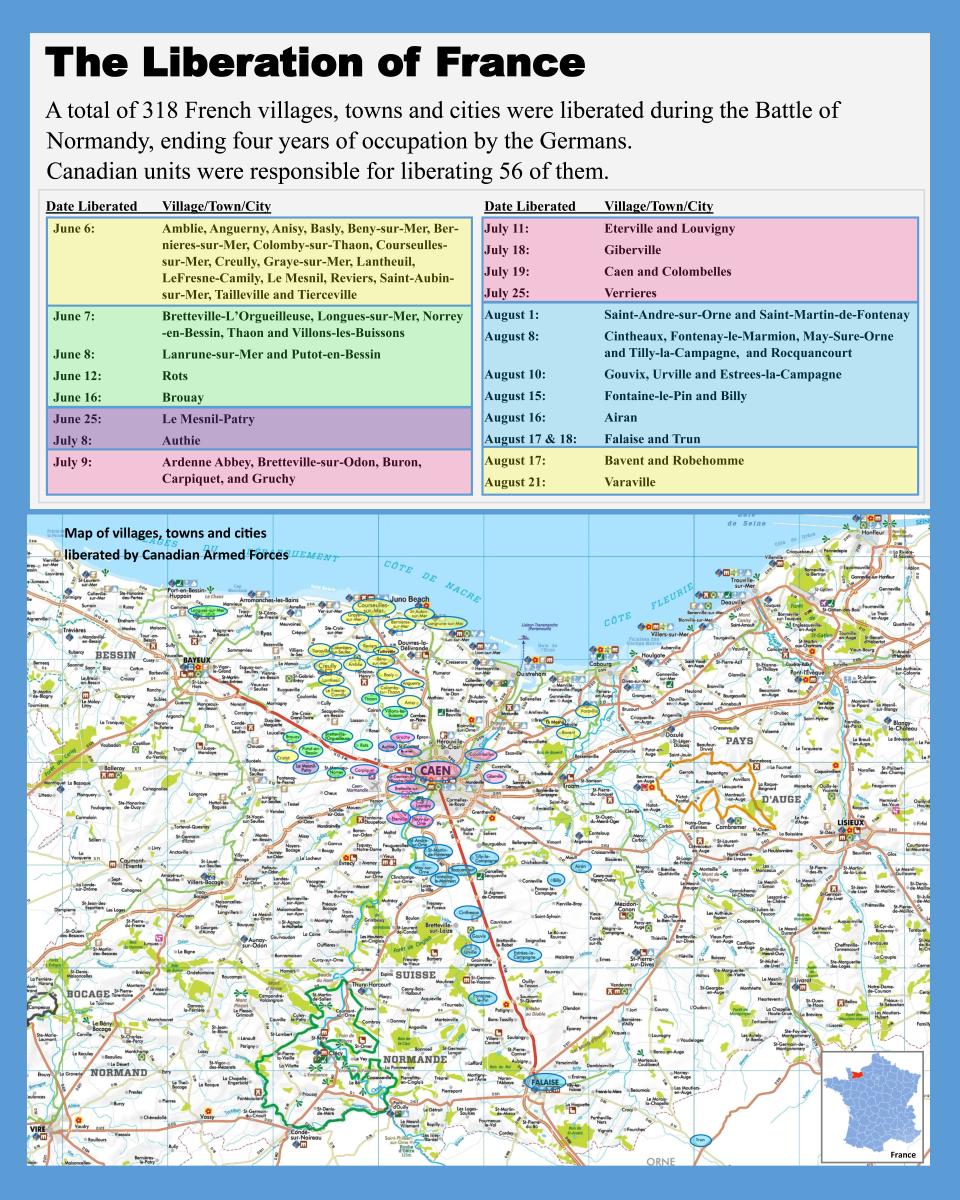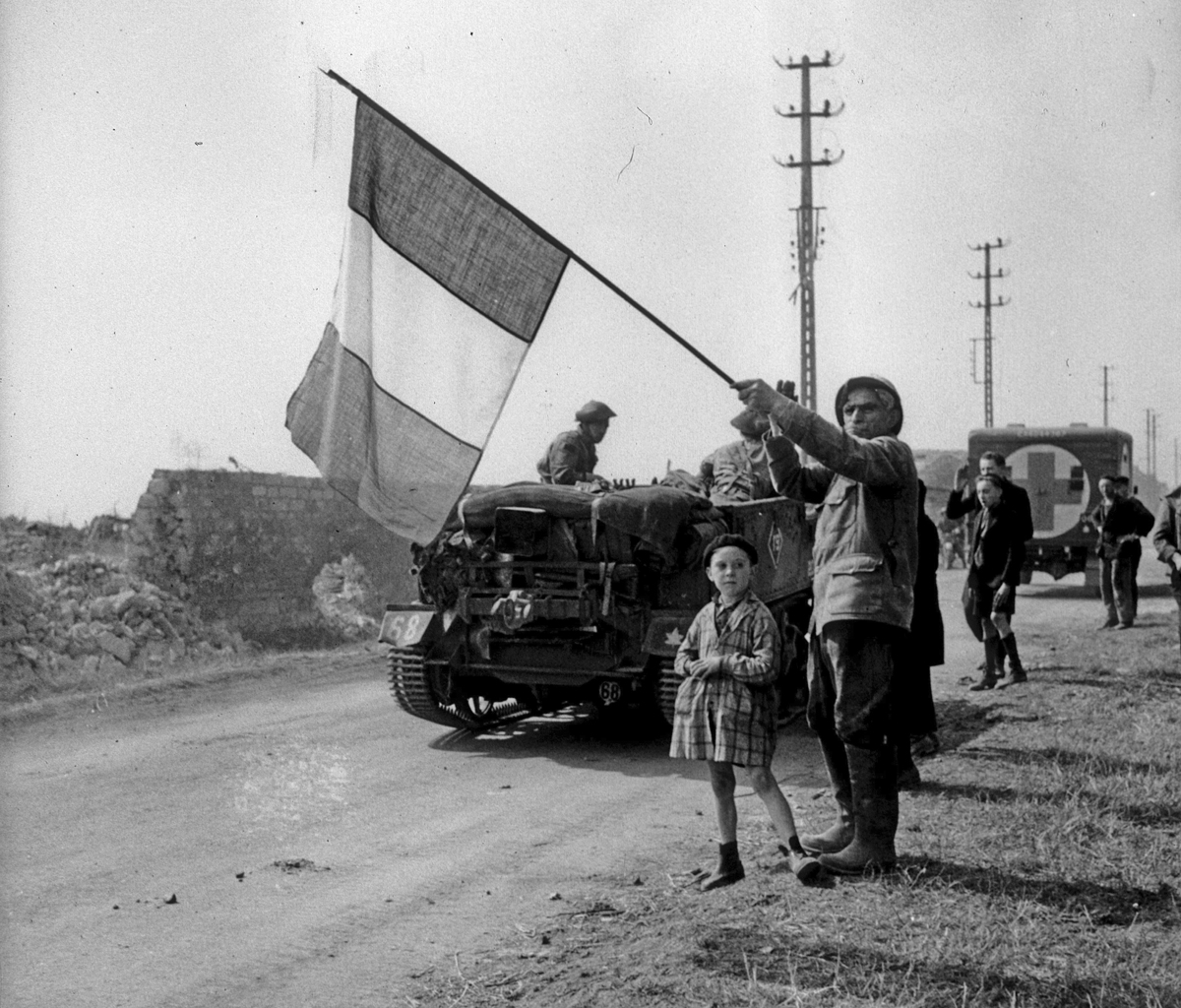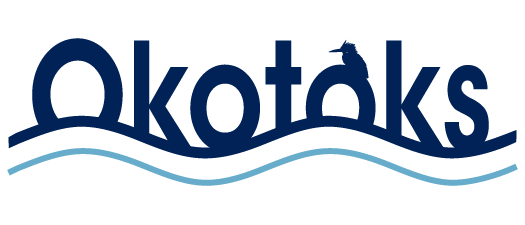The Battle of Normandy ended on August 29, 1944, after 85 days of furious fighting and after four years of German occupation.
Approximately 19,890 Normandy civilians died during this period, and another 300,000 became homeless.

Today, the beaches of Normandy are major tourist attractions and freely open to the public. They still show reminders of D-Day. The remains of the Atlantic Wall, including bunkers, control towers, and artillery emplacements, are clearly visible.
Normandy is home to several historical sites and museums that share the story of D-Day and the Battle of Normandy. Among them is the Juno Beach Centre, a Canadian non-profit museum, which focusses on efforts by the Canadians.


